Practical Itinerary To Visit Huacachina, Paracas, Islas Ballestas & Pisco
Peru has many amazing and historical cities which are surrounded by an aura of charisma and natural landscapes. Here we show you a practical itinerary to know 4 iconic places in Peru: Huacachina, Paracas, Islas Ballestas and Pisco.
Huacachina
Huacachina is usually very cold in the morning and at night. Dense, heavy fog covers the sky in the morning and the sun only warms up at about 10 am. The tour, at first, should be done in a group. A micro-tour bus searches the hotel early in the morning around 7 am. and then picks up other tourists at their respective hotels.
Port of Paracas
Arriving in Paracas the groups head straight for the port, where there is a pier for boarding the boat trips. It is very important to observe the weather conditions before scheduling the tour – seek for a good local travel agency. Tip for the tour to Islas Ballestas and to the Paracas National Park: the best place to sit on both walks is on the left side (especially for photography lovers).
Ballestas Islands
The Islas Ballestas belong to a National Marine Park, and are about 30 minutes from the coast by boat. The boats are open and have several tourists. Try not to stay last to get in and sit, to be able to sit next to anyone who is traveling with you and also be able to choose a seat on the left side, for a better view of the ride.
The guide for Islas Ballestas is an ornithologist, all explanations are in English, Portuguese and Spanish. The rock formations and the various holes in the rocks allow for incredible views of the islands! In the region are many birds that use the incredible rock formations to make their nests.
There are penguins, many birds of various species, wolves and sea lions and their cute babies.
Guanto, poultry feces, is an excellent natural fertilizer – this excrement saved Peru’s economy in the 1970s since its extraction and export directly from Islas Ballestas was able to clear its foreign debt from the country. Speaking of guanto, be careful with the bird “attacks”… After all, they are in their habitat and we are the invaders. So, some are awarded with bird poop, which is several overflying the boat tours. Also, redouble care with electronic equipment!
Candle holder
Still during the boat ride, there is a mystical figure of a candlestick carved on a mountain near the sea. Its origin is very uncertain and there are some theories to justify it:
The same origin of the Nazca Lines? But this last theory only complicates because of the route: in Nazca, the lines are of 3 to 5 cm of depth, whereas the one of Paracas have until 50 cm.
After the tour to the Ballestas Islands, the group returns to the Port of Paracas, where the group has a little time to stay there and enjoy the place for a while. Enjoy the bathroom and snack in one of the cafes on the boardwalk – there are several and most offer free wi-fi! It´s good to send news to friends and family.
Enjoy the moment to see the birds, especially the pelicans and admire the beach and the Pacific Ocean (although this beach itself is not so beautiful, but it has so much pelican that it is irresistible to get close to them and look closer).
Following, the group returns to the bus and goes straight to the Paracas National Park, explore its deserts and beaches!
Tip – Always keep all tickets of the tours made, as they can be ordered for a conference at the entrance of the Park and the Museum.
Desert of Paracas
The word Paracas in Quechua means “sand rain” – name well suited for the Desert. Much of Peru’s coastline is desert. Some guides consider that its structure is similar to the Atacama Desert, as if it were an extension of the same, with the same microclimate.
In the Desert of Paracas you find fossils of shells in the middle of the desert, a clue that this desert region was once ocean. It does not rain in the desert, but there is a groundwater table that reaches 5 meters deep.
The fox is the only carnivorous animal that feeds mainly on the birds’ eggs. You do not see much animal life besides birds.
In 2007 there was a major earthquake that lasted 2:40 minutes and reached 7.8 on the Richter scale, being responsible for much destruction in the region of Paracas and Pisco, even with its epicenter having been 40 km from there. The guides say it seemed like the end of the world.
The earthquake greatly changed the landscape of the region and was able to overthrow part of the rock formation called the Cathedral, which was very famous inside the Paracas National Park. Today it is possible to appreciate only what is left of the Cathedral.
The group makes some stops by the way covered in the micro-bus, with emphasis to:
- The viewpoints of the Cathedral Rock formation (or what is left of it)
- Cathedral – rock formation that was very famous and collapsed partly during the earthquake that happened in 2007
- Cliffs – meeting the desert with the Pacific Ocean
- Supay beach to admire the sea by finding the desert cliffs. A sandy beach of red pebbles
Lunch
The restaurants that exist in the National Park predate its creation and the government has let it stay. Some local meals are very welcome as the whole grilled sole, with potatoes, rice and salad, Inka Cola and choclos. There are also the traditional Pollo Saltado and Pollo Teriyaki – each meal leaves on average for 50 soles.
In the surroundings of this region of restaurants there are some hills where we climbed and we had a beautiful view of the cliffs, the desert and the Pacific. Get the cameras ready!
The Museum of Interpretation of the Park is very interesting and rich in information. Worth knowing.
Pisco
Pisco means, in Quechua (Inca language), birds! A really beautiful place with many beaches and rock formations, coastal accidents, such as peninsulas and bays. It is the capital of the province and is located 239 kilometers southeast of Lima. It is divided into two parts, one called “city” and another “beach” (there is no need to clarify why).
Pisco appears on the first maps of the region dating from the 16th century. From the early years of the colonial period it was very important for the production of the drink called “pisco” as well as for the port. Tip: In Huacachina Oasis there are good hotels and hostels to stay in: you take advantage of the best in it and you can also go to Ica, if you want, take a walk there, since Ica has a huge Shopping Center and the historical part the Plaza de Armas and the Cathedral.
On the way back to the Huacachina Oasis, the micro bus quickly passes through the Plaza de Armas de Ica to leave some tourists from the group. The most recommended tour is the buggy ride through the dunes to see the sunset, but this activity should start until 4pm.
Knowing the Peruvian cities during the holidays of July is the best value for money. Hurb values what is most important: You.
Semíramis F. Alencar Moreira – Redação Hurb – [email protected]
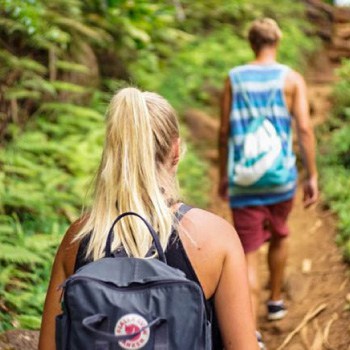
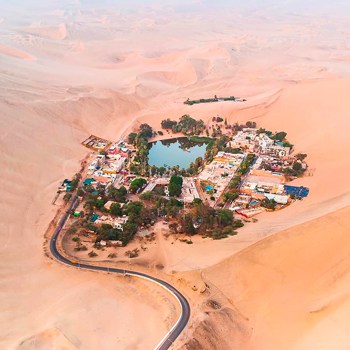
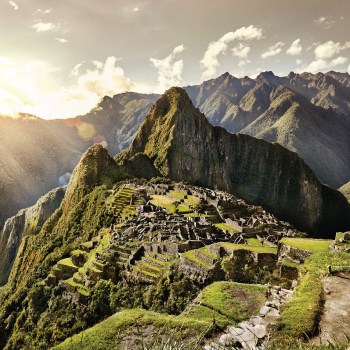
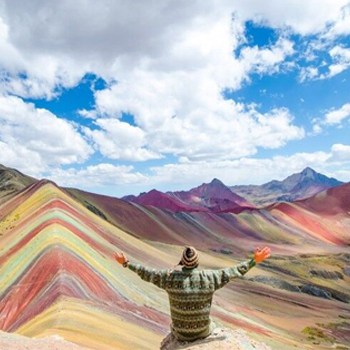


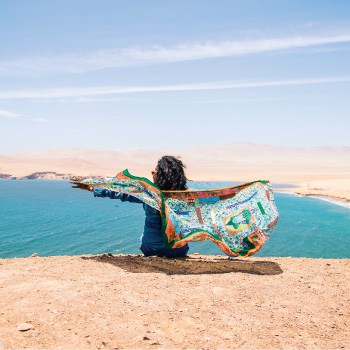
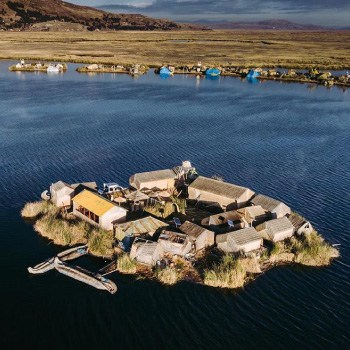


1 comment for “Practical Itinerary To Visit Huacachina, Paracas, Islas Ballestas & Pisco”